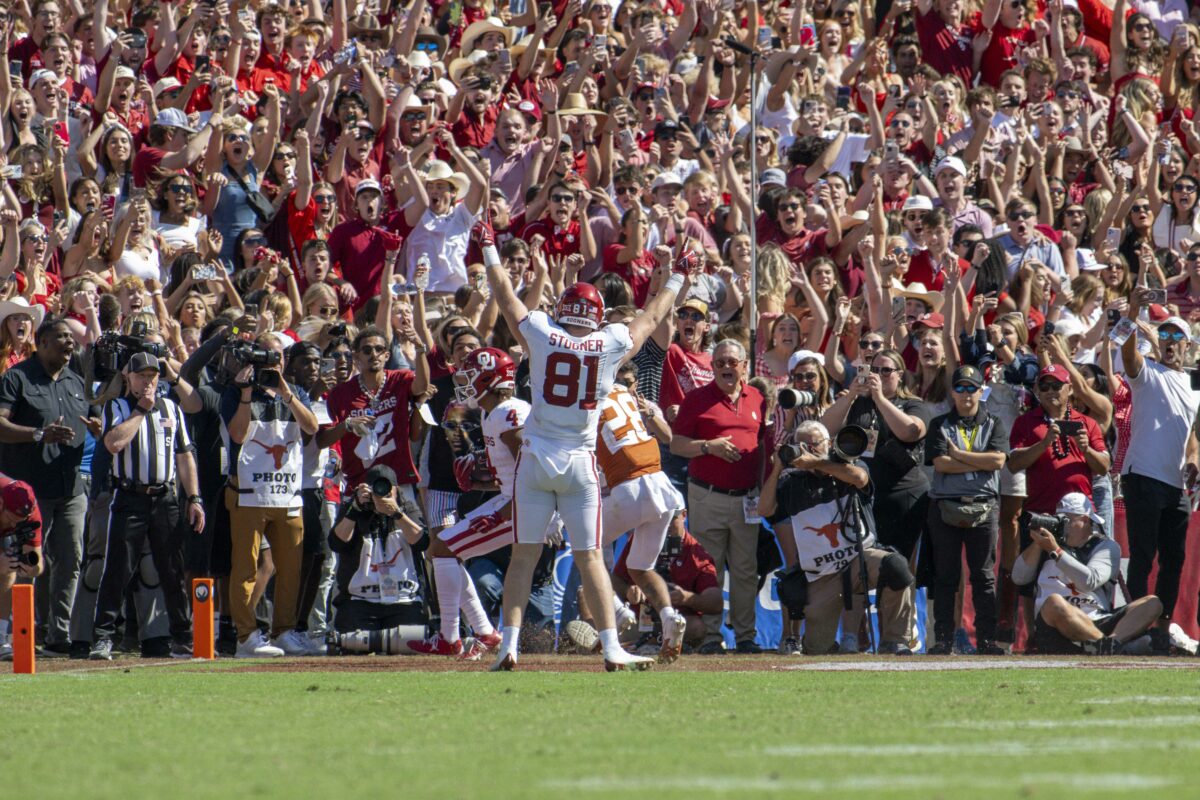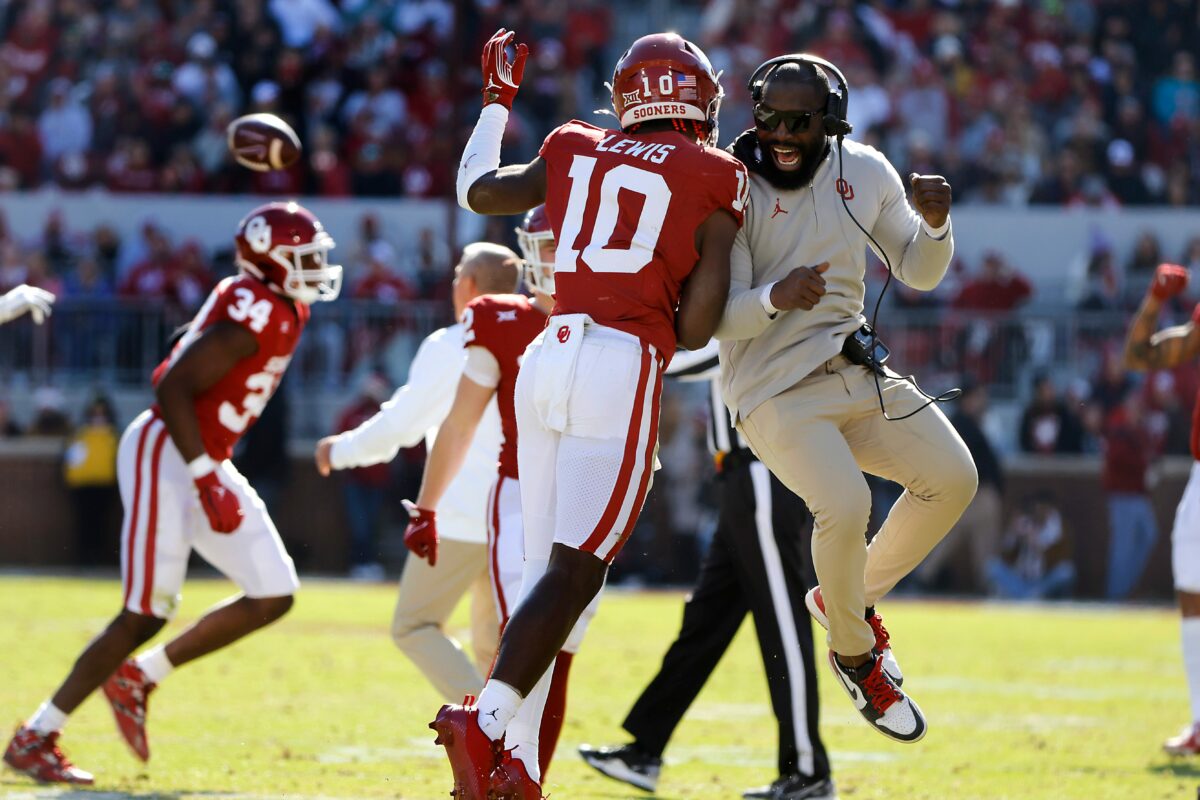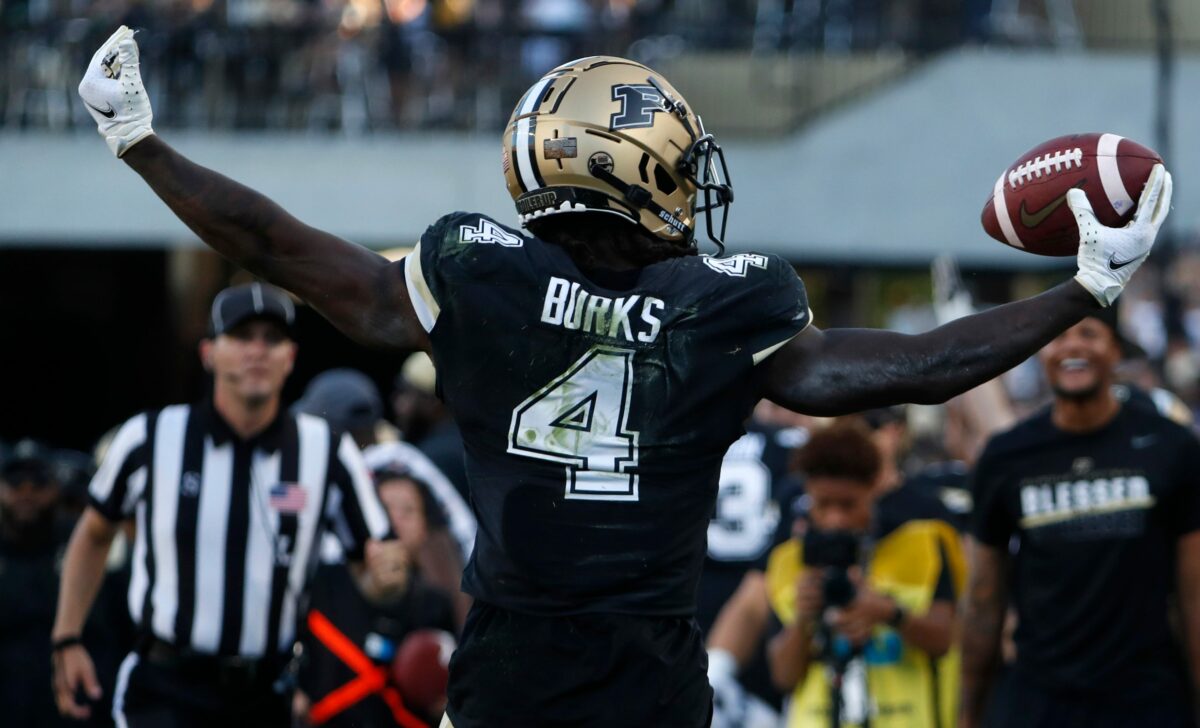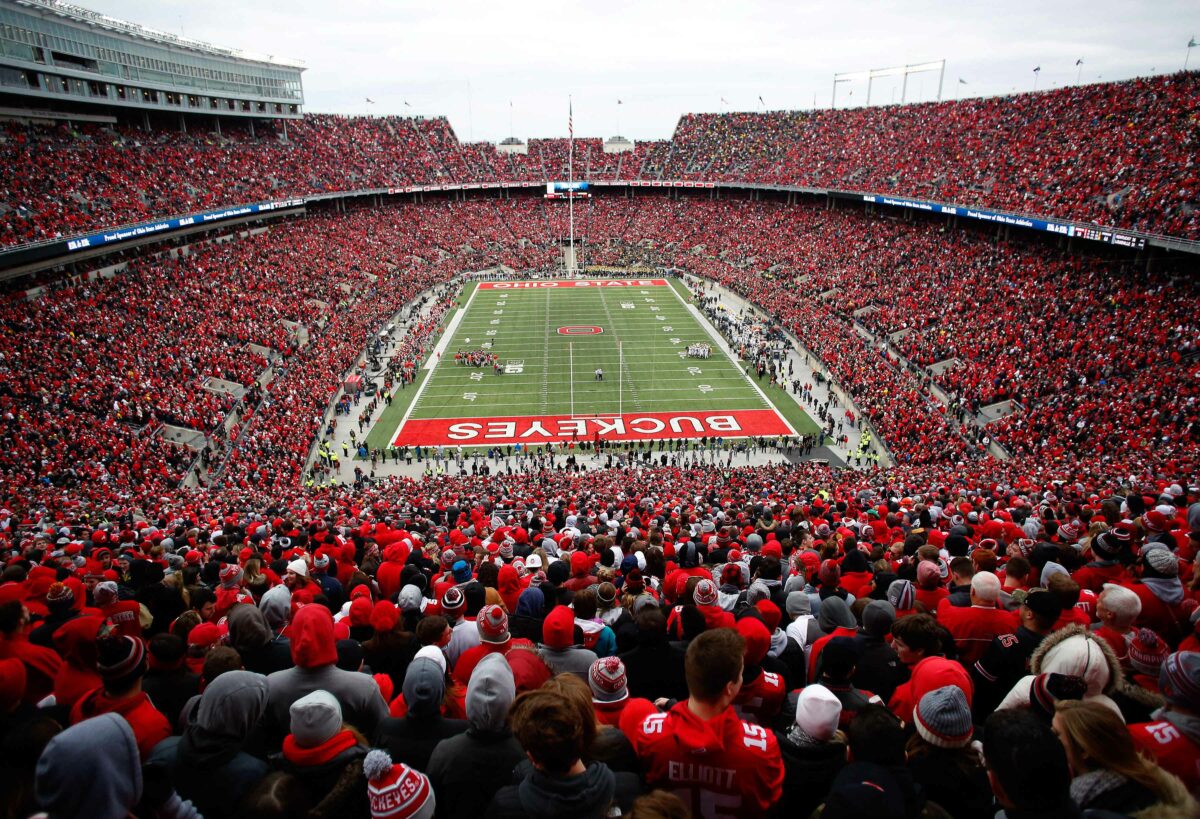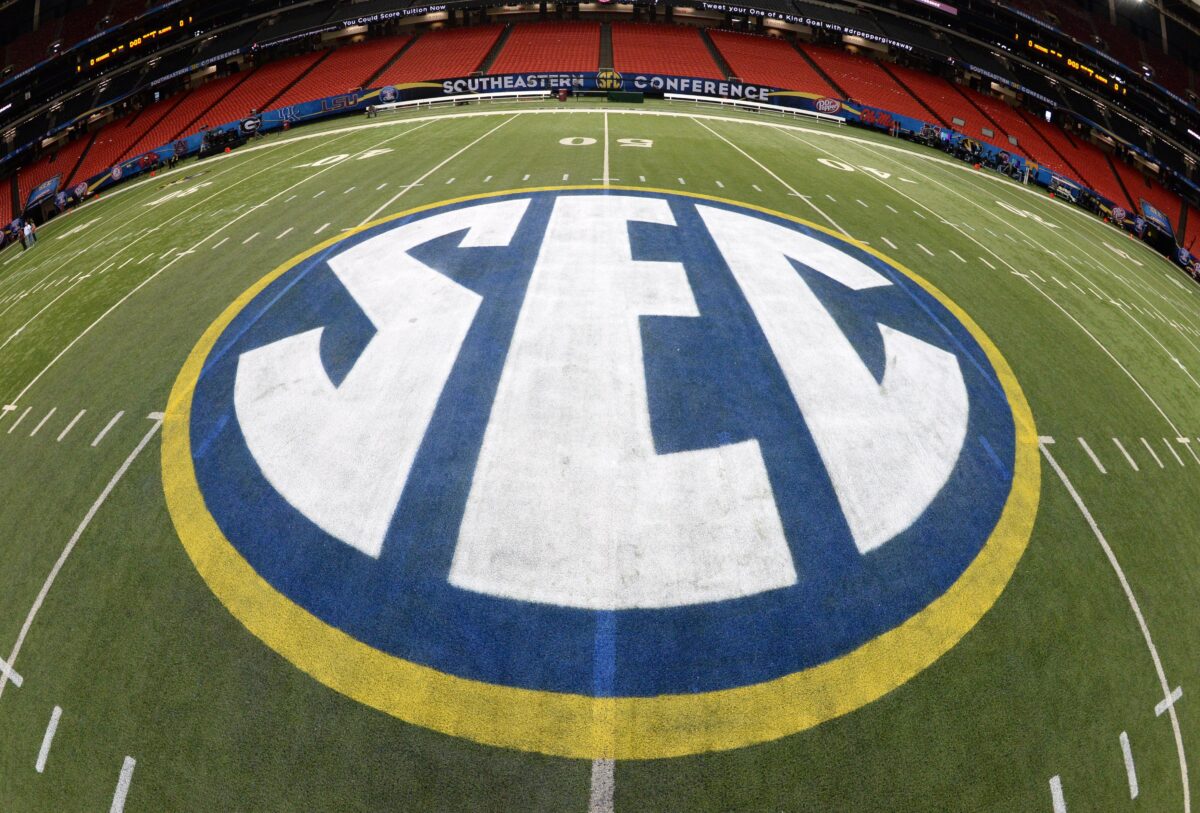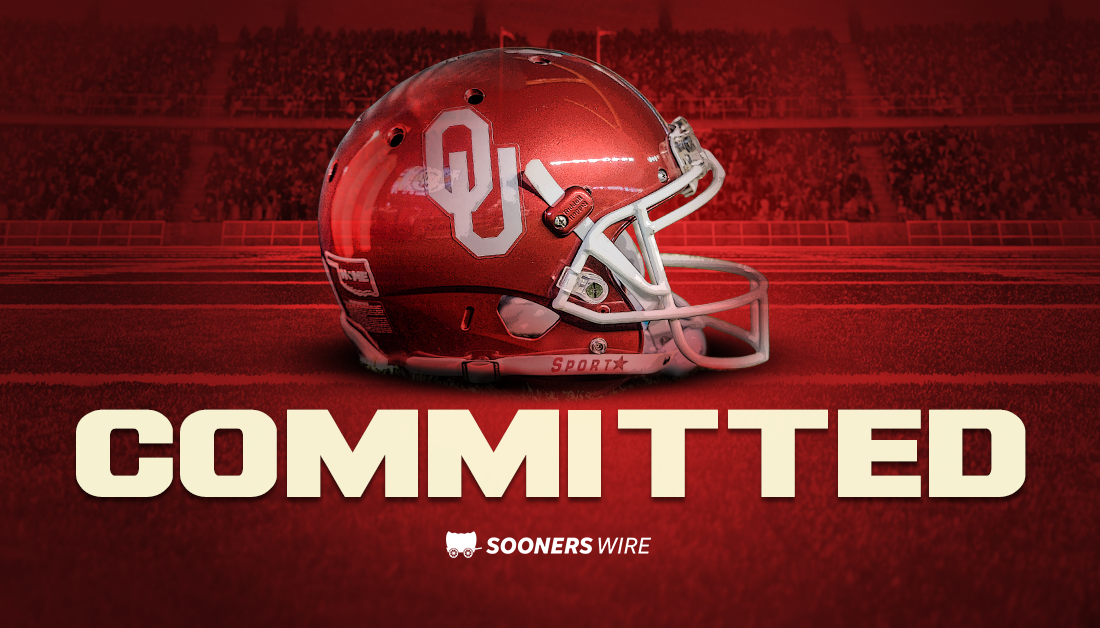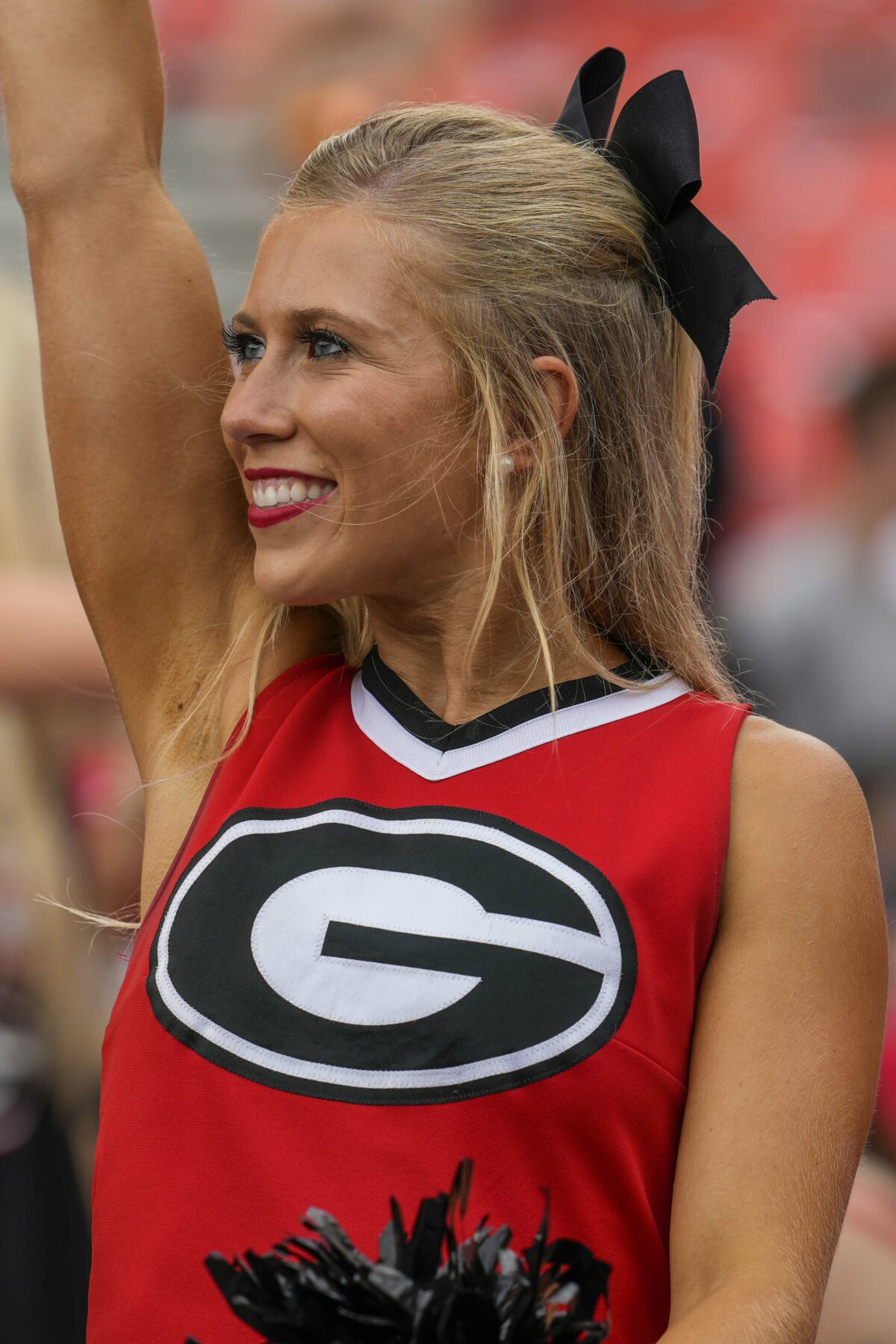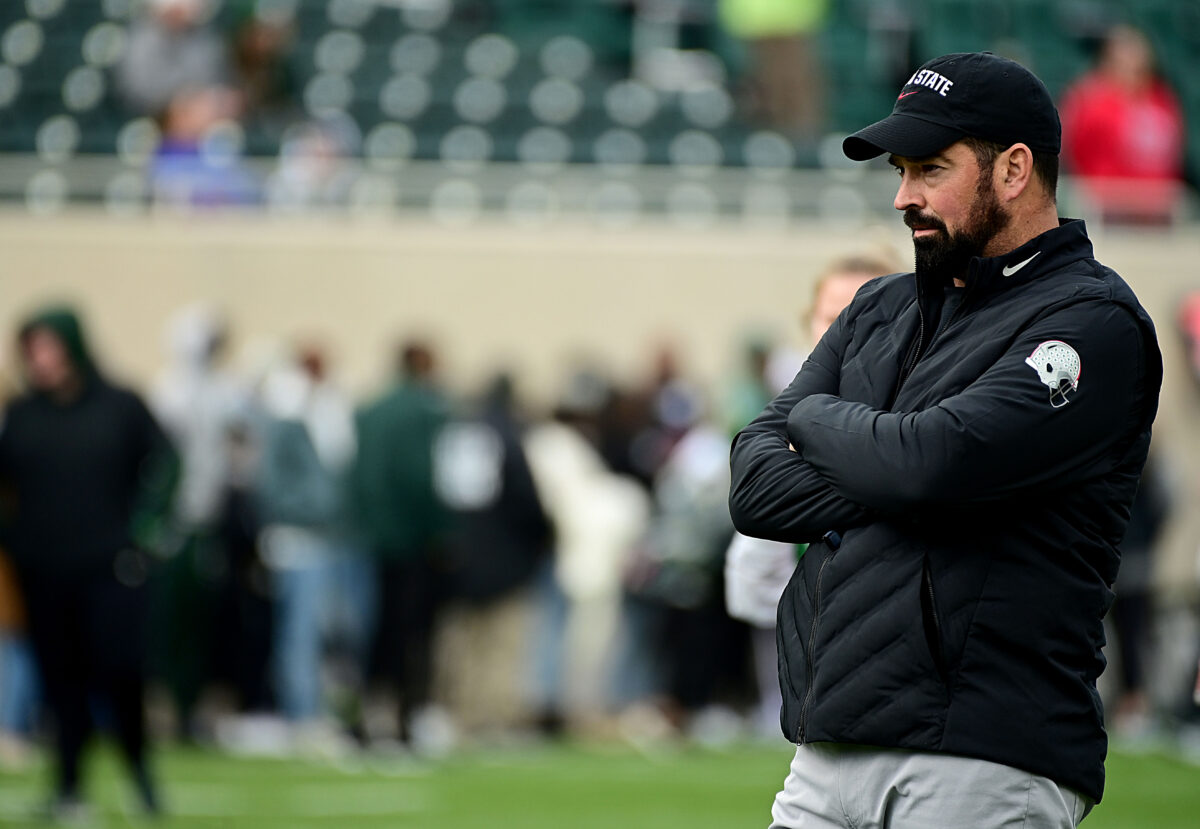This is an offseason of change. Gone are the Big Ten, Pac 12, [autotag]SEC[/autotag] and [autotag]Big 12[/autotag] as we’ve grown to know it. Instead, the Pac 12 is essentially gone, the Big 12, SEC and Big 10 are all adding new teams to their leagues.
But that might not be the only thing that is changing this offseason. The NCAA Football Rules Committee is set to meet at the end of February to discuss some possible rule changes. The biggest one would be the potential addition of a two-minute warning during the 2024 season.
For those that don’t know, the NFL has a two-minute warning where the clock stops at the two-minute mark unless a play is ongoing in the second and fourth quarters. It is basically an extra timeout late in games.
If you remember, the rules committee made a few clock-related changes last year. The clock doesn’t stop on first downs until the final two minutes of each half. So, wouldn’t this slow it down? Well not necessarily, this would essentially fill the place of an existing TV timeout. It would give a guaranteed break at the two-minute mark and could reduce the chances of back-to-back stoppages elsewhere, which we’ve seen after kickoffs.
This would affect game management strategy going forward like when to use your timeouts and when not to. It also would affect how you run your offense. Maybe you’re okay with running the ball just before the two-minute mark, knowing you will get a stoppage.
Clock management will become an even bigger emphasis for coaches going forward. In the game vs. the Texas Longhorns last year, [autotag]Jacob Lacey[/autotag] sacked Quinn Ewers just before the two-minute mark. The Sooners ended up using two timeouts after their following two plays, but if you had the two-minute warning, the Sooners could have saved one of their timeouts for that final drive.
Obviously, it didn’t matter. But that is an area where it could impact teams going forward. For now, we’ll have to wait and see how much backing it gets and if it is something the committee can move forward with.
Contact/Follow us @SoonersWire on Twitter, and like our page on Facebook to follow ongoing coverage of Oklahoma news, notes, and opinions. You can also follow Jaron on Twitter @JaronSpor.
